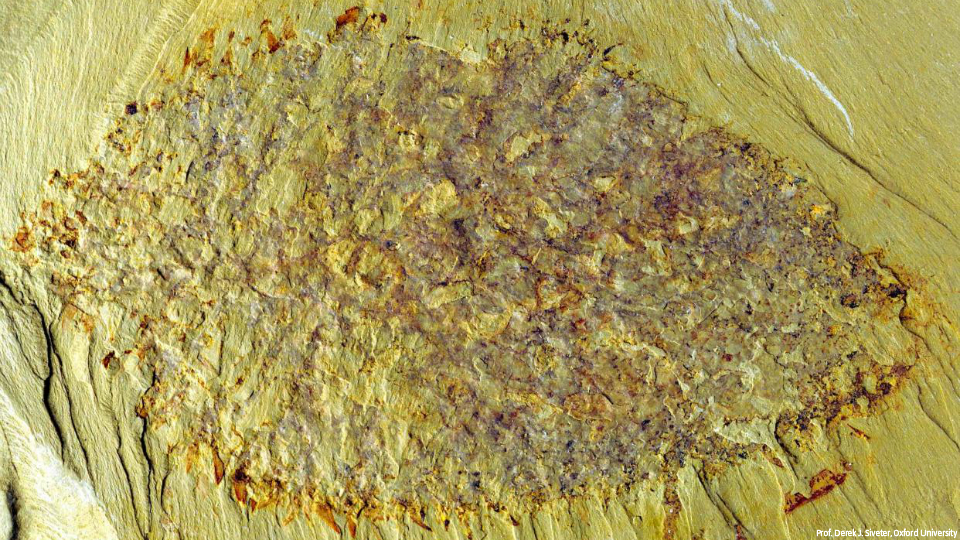Filtered by: Scitech
SciTech
Ancient balloon-shaped animal fossil discovered intact

Nidelric pugio
A fossil of a rare animal from 520 million years ago was recently discovered in China, according to Phys.org. Scientists believe that this fossil will be able to shed new light on life in Earth’s ancient seas.
Dr. Tom Harvery from the University of Leicester, co-author of the paper published in the journal Scientific Reports, said, “There’s only one fossil of this enigmatic animal after 30 years of collecting by our Chinese colleagues at Chengjiang. It is exceptionally rare, but it shows us just how strange and varied the shapes of early animals could be.”
The research team was led by Professor Xianguang Hou from Yunnan University in China. The team, made up of an international group of scientists, was formed through a collaboration between the Universities of Leicester and Oxford.
The fossil was found in Chengjiang, in southern China, and the researchers say that it’s likely a “chancelloriid,” a group of balloon-shaped animals covered by an outer skeleton made up of spines. This specific specimen was flattened during the fossilization process.
The research team named the species Nidelric pugio.
In southern China, rocks 520 million years old in Chengjiang County in the Yuunan Province contain a large array of fossils, several of which have been preserved with traces of their soft anatomy—such as eyes, guts, and brains—intact. Many of the fossils don’t seem to fit in with any living thing today. Among those are the chancelloriids.
“We usually only get the broken up remains of ancient animal skeletons,” said Tom Hearing, a PhD student from the Department of Geology. “With this specimen we can see how all the different parts of the skeleton stuck together. It tells us much about how early animals functioned, how they might have interacted with other animals, and how they might have protected themselves from predators.” — Bea Montenegro/TJD, GMA News
More Videos
Most Popular




